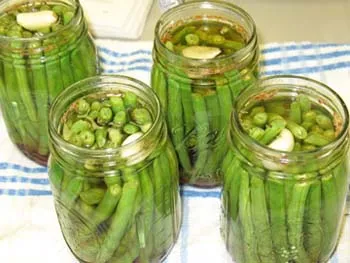Food Safety
⚠ One out of six people contract a food borne illness each year. ⚠
The UC Master Food Preserver Program promotes safe food practices to help keep your family safe.
Science-based food safety resources:

The USDA Complete Guide to Home Canning
National Center for Home Food Preservation
UC Davis Food Preservation Resources
UC Master Food Preserver Statewide Website
University of Georgia Extension
Washington State University Extension
Kansas State University Research and Extension
Utah State University Extension
More:
- Ask USDA provides information for consumers about preventing food borne illness, safe food handling and storage, and safe preparation of meat, poultry, and egg products. Try out it now and Ask USDA!
- Watch and learn about food safety by completing the Make It Safe Keep It Safe (MISKIS) training offered by UC ANR.
- The Partnership for Food Safety Education develops and promotes effective education programs to reduce foodborne illness risk for consumers. This site offers food safety information, food safety tips, curriculum, safe recipe information and other resources.
- CDC Food Safety
Other resources:
Seguridad de la Tabla de Cortar
How can I prevent E. coli infection?
E. coli are bacteria found in the intestines of people and animals and in the environment; they can also be found in food and untreated water.
- E. coli that cause diarrhea can spread through contaminated food or water.
- Wash your hands thoroughly with soap and water during key times.
- Follow the four steps to food safety when preparing food: clean, separate, cook, and chill.
¿Cómo puedo prevenir una infección por E. coli?
La E. coli es una bacteria que se encuentra en los intestinos de las personas y los animales, en el medioambiente y, a veces, también en los alimentos y el agua sin tratar.
- Las bacterias E. coli que causan diarrea pueden propagarse mediante el agua o los alimentos contaminados.
- Lávese bien las manos con agua y jabón durante los momentos clave.
- Siga los cuatro pasos para la seguridad de los alimentos cuando los prepare: limpiar, separar, cocinar y enfriar.
Para obtener más información, visite aqui.
